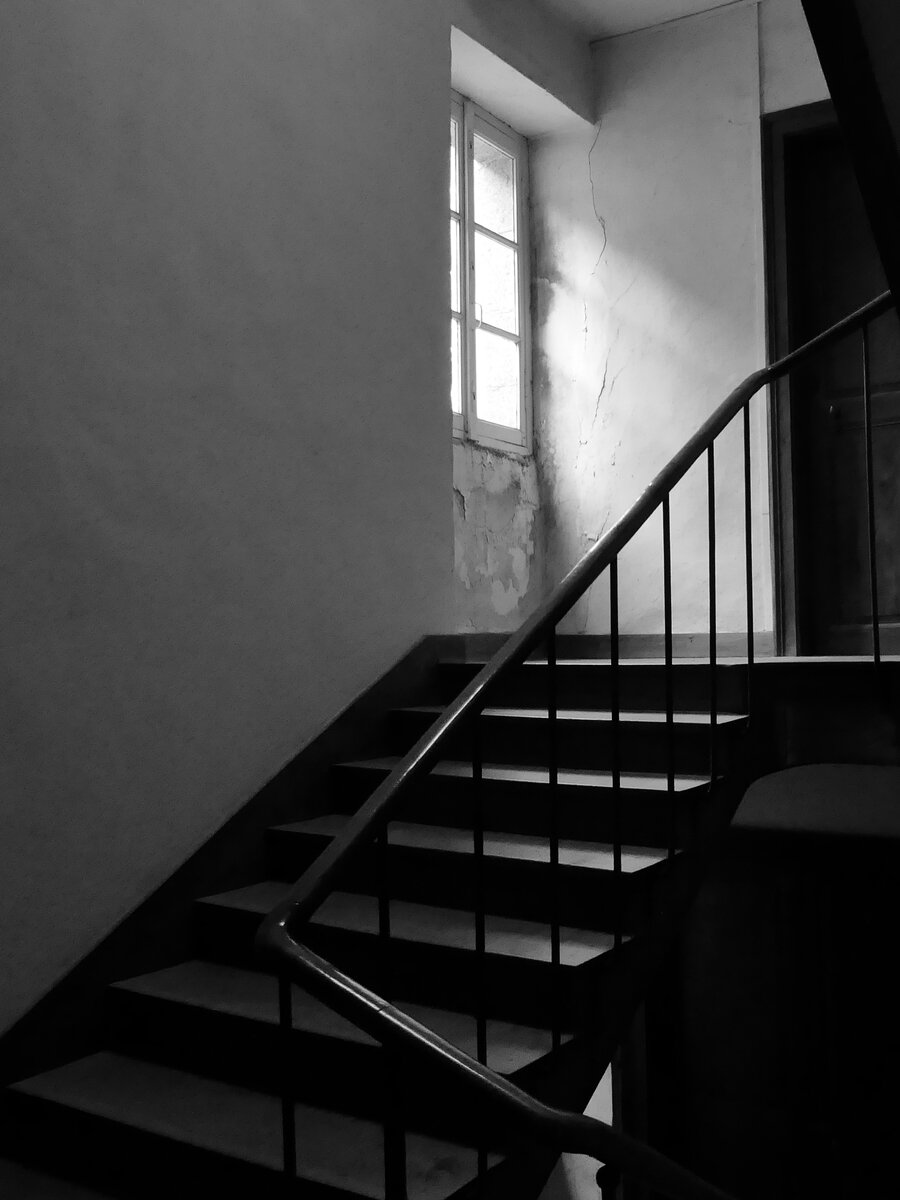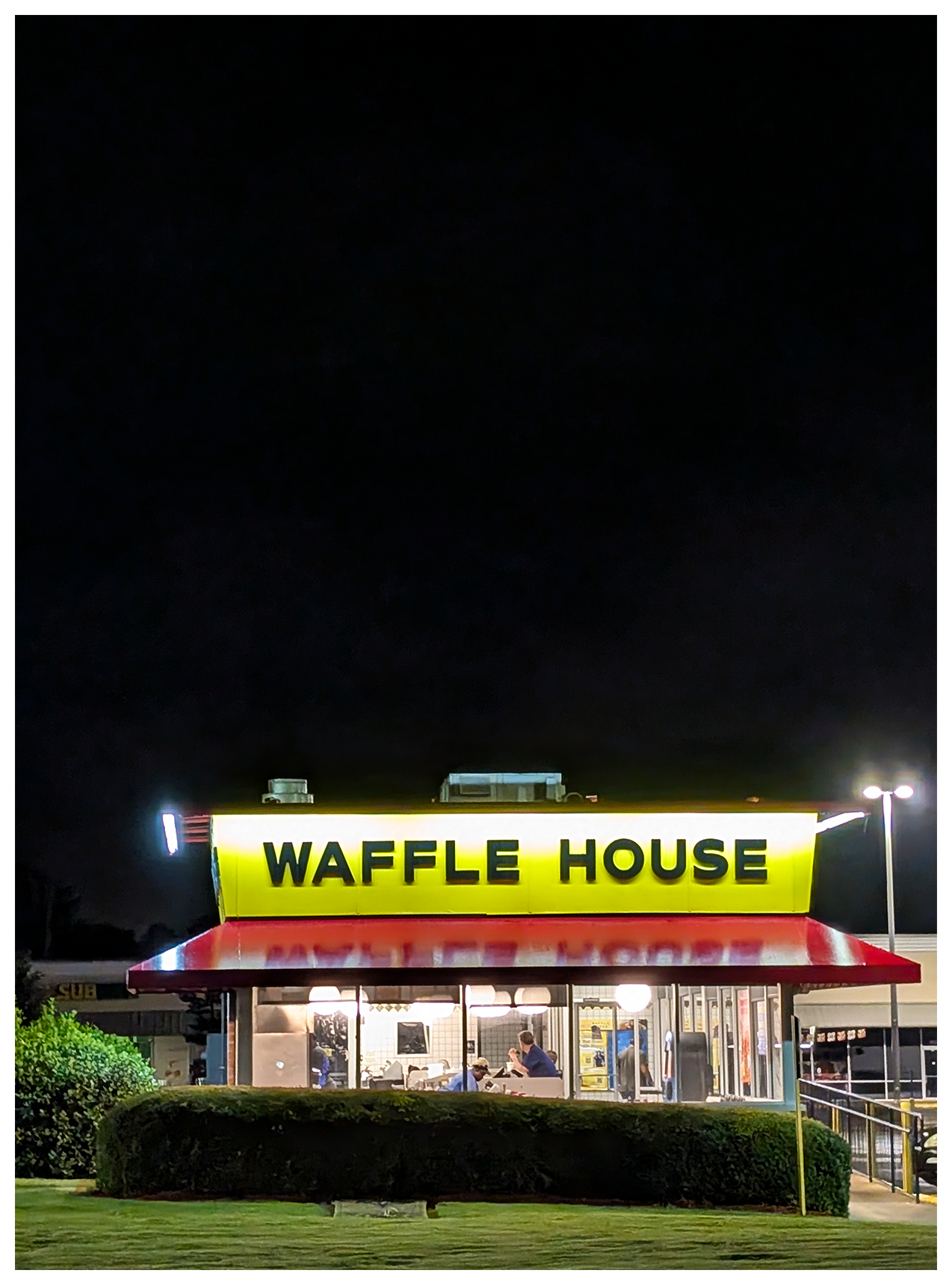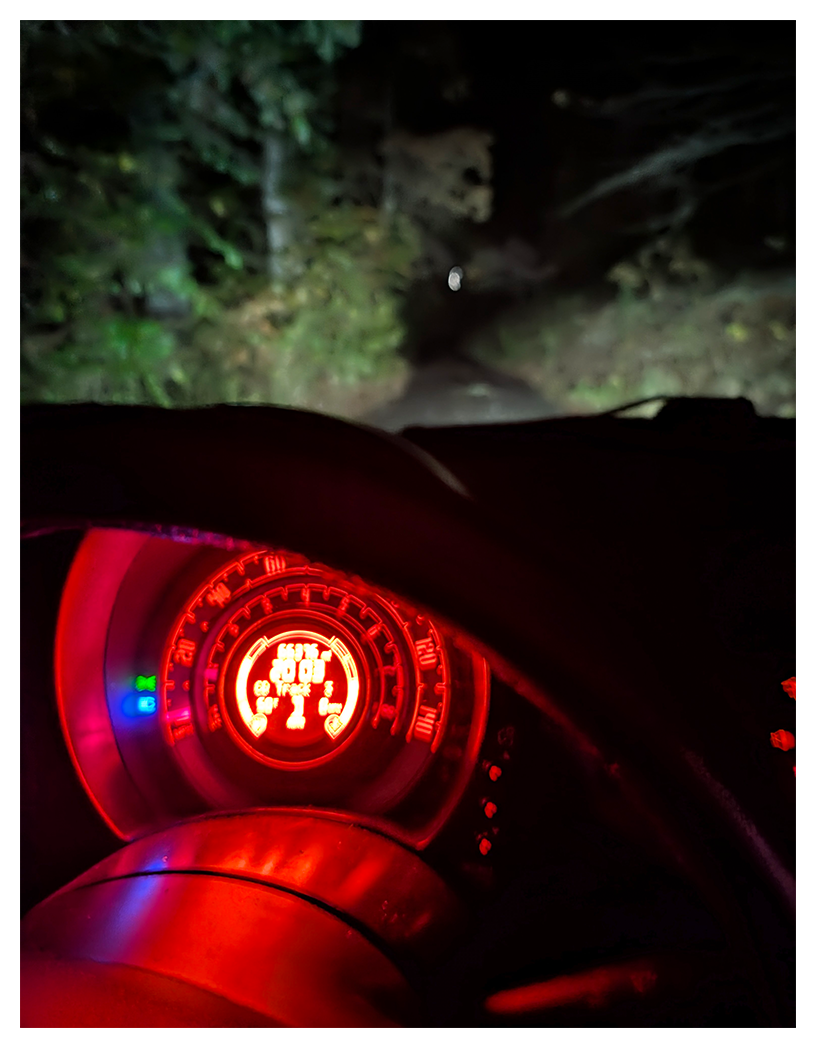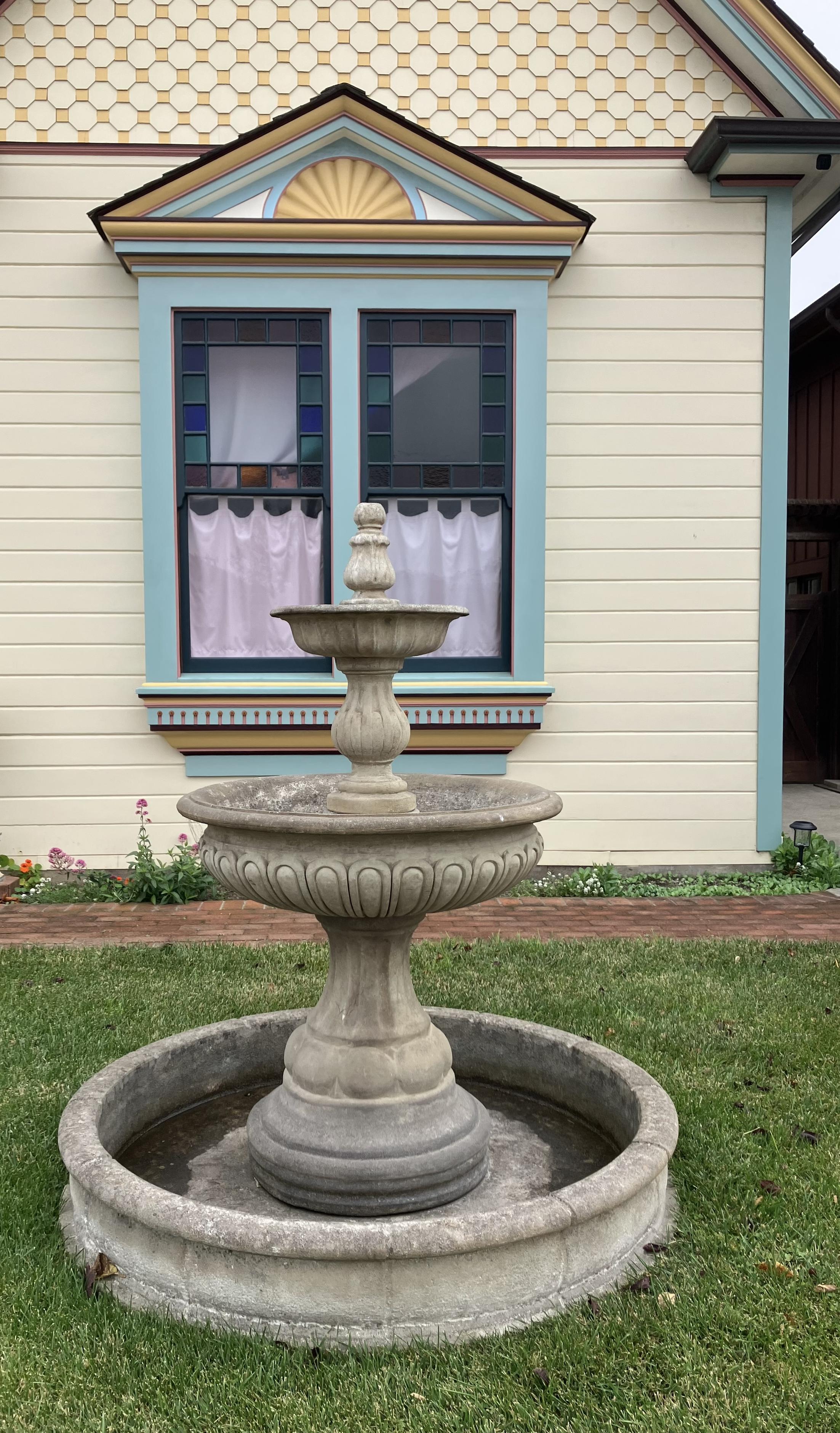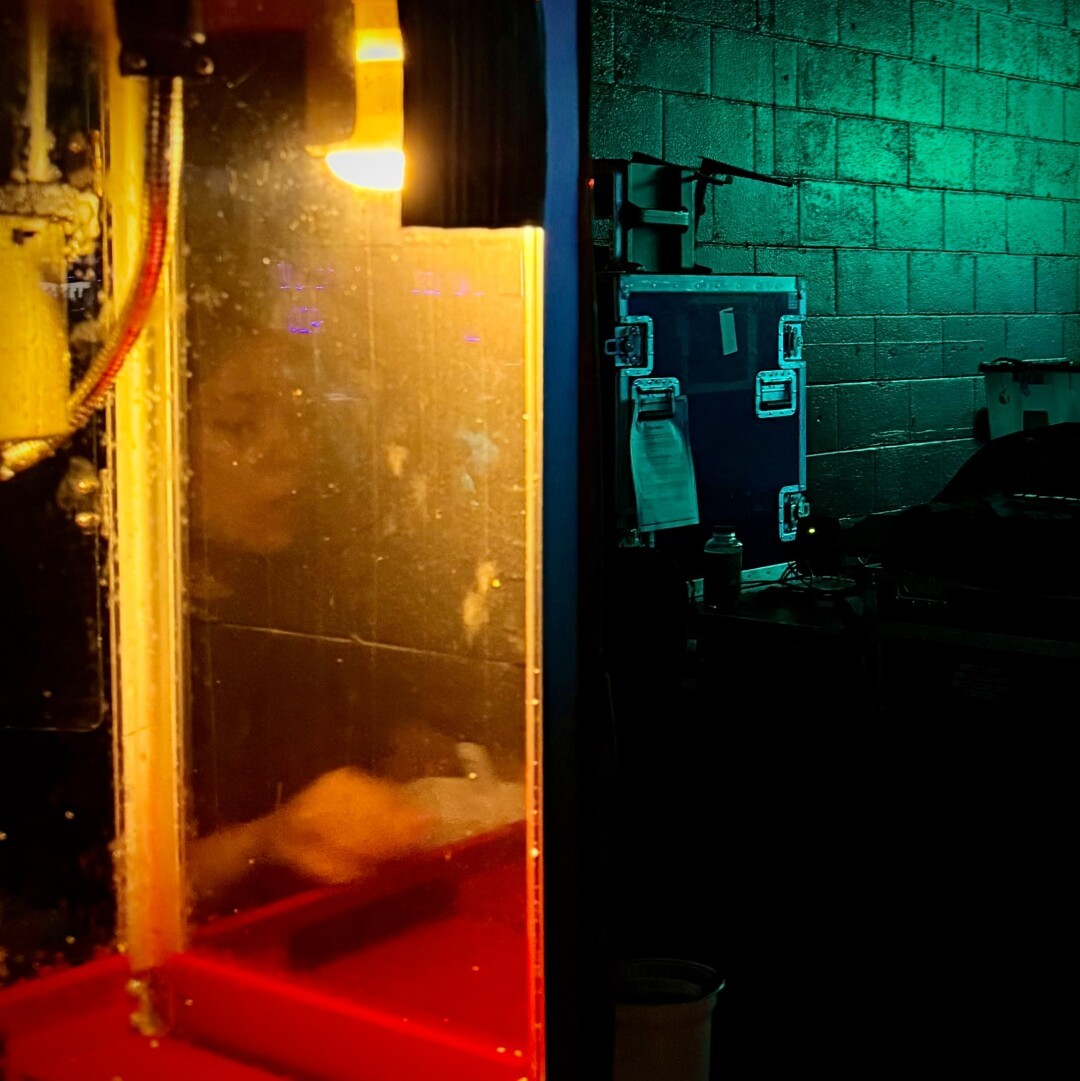🇬🇧 Hello, people of the Fediverse!
For the first time, I am offering you fine art prints of my photos.
I have selected 9 of your favorites (based on the number of likes) from 2025 #SilentSunday and #FensterFreitag posts on my Pixelfed account.
Order quickly if you want to give this gift for Christmas! 🎁
Visit my website below to order.
Please feel free to share and ask questions!
🇫🇷 Bonjour peuple du Fediverse !
Pour la première fois, je vous propose des tirages "Fine Art" de mes photos.
J'en ai sélectionné 9 parmi vos préférées (en nombre de likes) des "Silent Sundays" et "Fenster Freitag" de 2025 sur mon compte Pixelfed.
Commandez rapidement si vous souhaitez (vous) offrir ce cadeau à Noël ! 🎄
Visitez mon site ci-dessous pour passer commande.
Les partages et les questions sont les bienvenus !
🔗 https://maienne.photo/fediverse
#photography #photographie #fotografie #사진 #写真
#art #芸術 #예술 #MastoArt #FediArt #FineArt #ArtShop
#gift #GiftIdeas #FediGiftShop #Christmas #ChristmasGifts
🇬🇧 Hello, people of the Fediverse!
For the first time, I am offering you fine art prints of my photos.
I have selected 9 of your favorites (based on the number of likes) from 2025 #SilentSunday and #FensterFreitag posts on my Pixelfed account.
Order quickly if you want to give this gift for Christmas! 🎁
Visit my website below to order.
Please feel free to share and ask questions!
🇫🇷 Bonjour peuple du Fediverse !
Pour la première fois, je vous propose des tirages "Fine Art" de mes photos.
J'en ai sélectionné 9 parmi vos préférées (en nombre de likes) des "Silent Sundays" et "Fenster Freitag" de 2025 sur mon compte Pixelfed.
Commandez rapidement si vous souhaitez (vous) offrir ce cadeau à Noël ! 🎄
Visitez mon site ci-dessous pour passer commande.
Les partages et les questions sont les bienvenus !
🔗 https://maienne.photo/fediverse
#photography #photographie #fotografie #사진 #写真
#art #芸術 #예술 #MastoArt #FediArt #FineArt #ArtShop
#gift #GiftIdeas #FediGiftShop #Christmas #ChristmasGifts
The biggest and most prosperous late November orb weaver in memory, seen from inside the window. (It hangs out under the eaves.) #Fensterfreitag
Roanoke, Virginia
The biggest and most prosperous late November orb weaver in memory, seen from inside the window. (It hangs out under the eaves.) #Fensterfreitag
Roanoke, Virginia
For #FensterFreitag, another window spotted as I wandered around Half Moon Bay.
For #FensterFreitag, another window spotted as I wandered around Half Moon Bay.
I was taking some photos of this popcorn machine at a music venue and the girl behind the counter turned off the light and I think she could tell I got sad because she kind of looked at me like "you want it back on?" and then she totally turned it back on for me!
#FensterFreitag
Okay, let's try again for #FensterFreitag #WindowFriday A nice rainbow 🌈 formed in front of very grey, claggy Cuillin mountains - a view from the cottage window 🪟
Many thanks to Trumpet for getting #mastodon.scot back up and running again 🙏


